10 Amazing Facts About Led Lighting You Didnt Know
In recent years, LED lighting has revolutionized how we illuminate our spaces, becoming a preferred choice for homes, businesses, and outdoor environments. Unlike traditional lighting options, LED lighting, or Light Emitting Diodes, offers remarkable energy efficiency and longevity, making it an increasingly popular solution for both ecological and economic reasons. However, beyond its practical benefits, there are numerous fascinating facts about LED lighting that many people are unaware of.
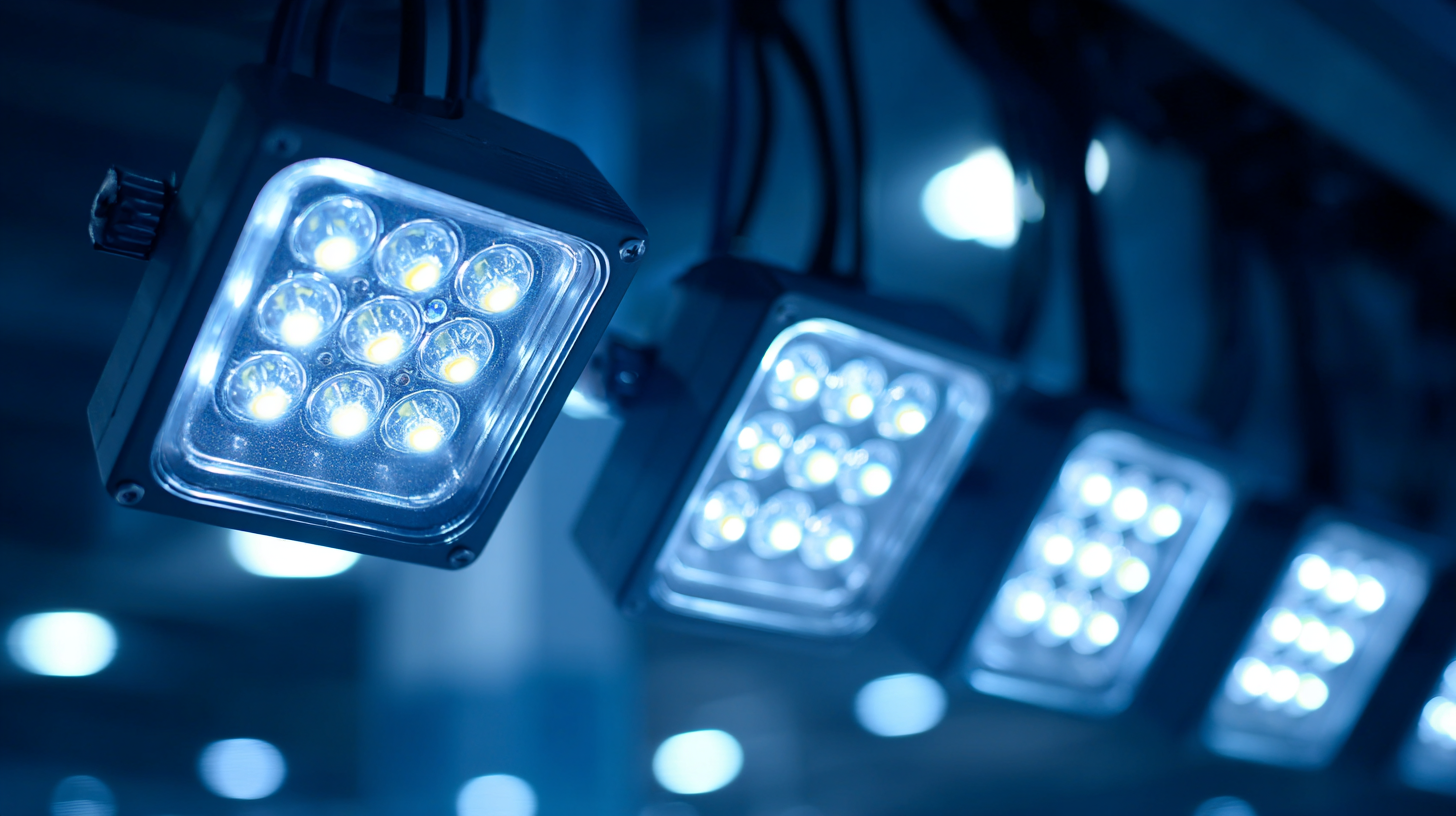
From its history and technological advancements to its surprising applications in various industries, LED lighting holds a treasure trove of information that showcases its importance in modern life. In this exploration, we will uncover ten amazing facts about LED lighting that will not only illuminate your knowledge but also enhance your appreciation for this groundbreaking technology.
10 Surprising Energy Efficiency Stats for LED Lighting Compared to Traditional Bulbs
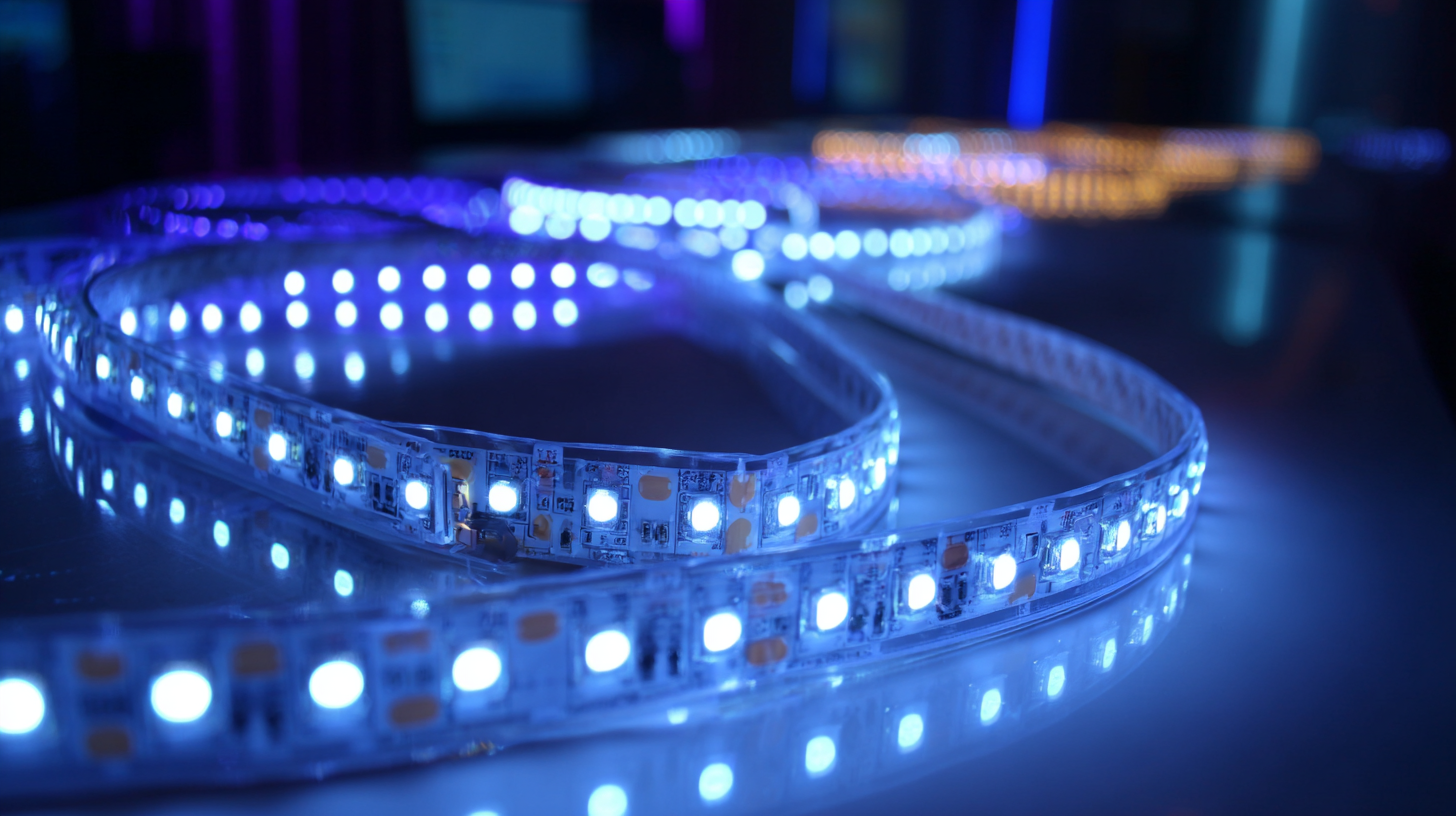 LED lighting has revolutionized the way we illuminate our spaces, but many are still unaware of the impressive energy efficiency statistics that set it apart from traditional bulbs. For instance, LED lights consume up to 75% less energy than incandescent bulbs, which significantly reduces electricity bills. Moreover, LEDs maintain their brightness for a much longer duration, with a lifespan that spans 15,000 to 50,000 hours compared to the mere 1,000 hours of incandescent bulbs. This longevity translates into fewer replacements, further minimizing energy consumption and waste.
LED lighting has revolutionized the way we illuminate our spaces, but many are still unaware of the impressive energy efficiency statistics that set it apart from traditional bulbs. For instance, LED lights consume up to 75% less energy than incandescent bulbs, which significantly reduces electricity bills. Moreover, LEDs maintain their brightness for a much longer duration, with a lifespan that spans 15,000 to 50,000 hours compared to the mere 1,000 hours of incandescent bulbs. This longevity translates into fewer replacements, further minimizing energy consumption and waste.
Another striking statistic is that LED bulbs emit about 80% less heat than traditional incandescent bulbs. This lower heat emission not only enhances energy efficiency but also contributes to cooler indoor environments, reducing the need for air conditioning during warmer months. Additionally, when utilized for outdoor lighting, LEDs can illuminate spaces without attracting as many insects, which is a common issue with traditional light sources. These energy efficiency stats showcase how LED lighting not only benefits individual consumers but also plays a vital role in fostering a more sustainable future.
How LED Technology Revolutionizes the Lighting Industry: A Look at Performance Metrics
LED technology has transformed the lighting industry by introducing unparalleled efficiency and performance metrics. Compared to traditional incandescent bulbs, which convert only about 10% of their energy into light, LED lights boast an impressive efficiency of approximately 80-90%. According to the U.S. Department of Energy (DOE), this high efficiency translates to a lifespan of up to 25,000 hours, significantly reducing replacement frequency and waste over time. This durability is not only cost-effective but also minimizes the environmental impact associated with lighting.
Furthermore, LED lighting has advanced in terms of color rendering and versatility. The Color Rendering Index (CRI), which measures how accurately a light source reveals colors, has improved considerably with LEDs. Many LED products now achieve CRI scores above 90, making them suitable for applications requiring precise color differentiation, such as in art galleries and retail environments. A report from the Energy Saving Trust indicates that the UK could save up to £1 billion annually in energy costs through the widespread adoption of LED technology. This energy efficiency, combined with high-quality performance, underscores how LED lighting is revolutionizing the industry.
The Lifespan of LED Lights: Why They Outlast Incandescent Bulbs by 25 Times
LED lighting has revolutionized the way we illuminate our spaces, not just through energy efficiency but also through longevity. The lifespan of LED lights often exceeds 25,000 hours, compared to a meager 1,000 hours for traditional incandescent bulbs. This staggering difference means that an LED light can, in theory, last up to 25 times longer than its incandescent counterpart, making it a more sustainable choice. According to a report by the U.S. Department of Energy (DOE), widespread adoption of LED lighting could result in a staggering savings of about $30 billion by 2027 in annual energy costs.
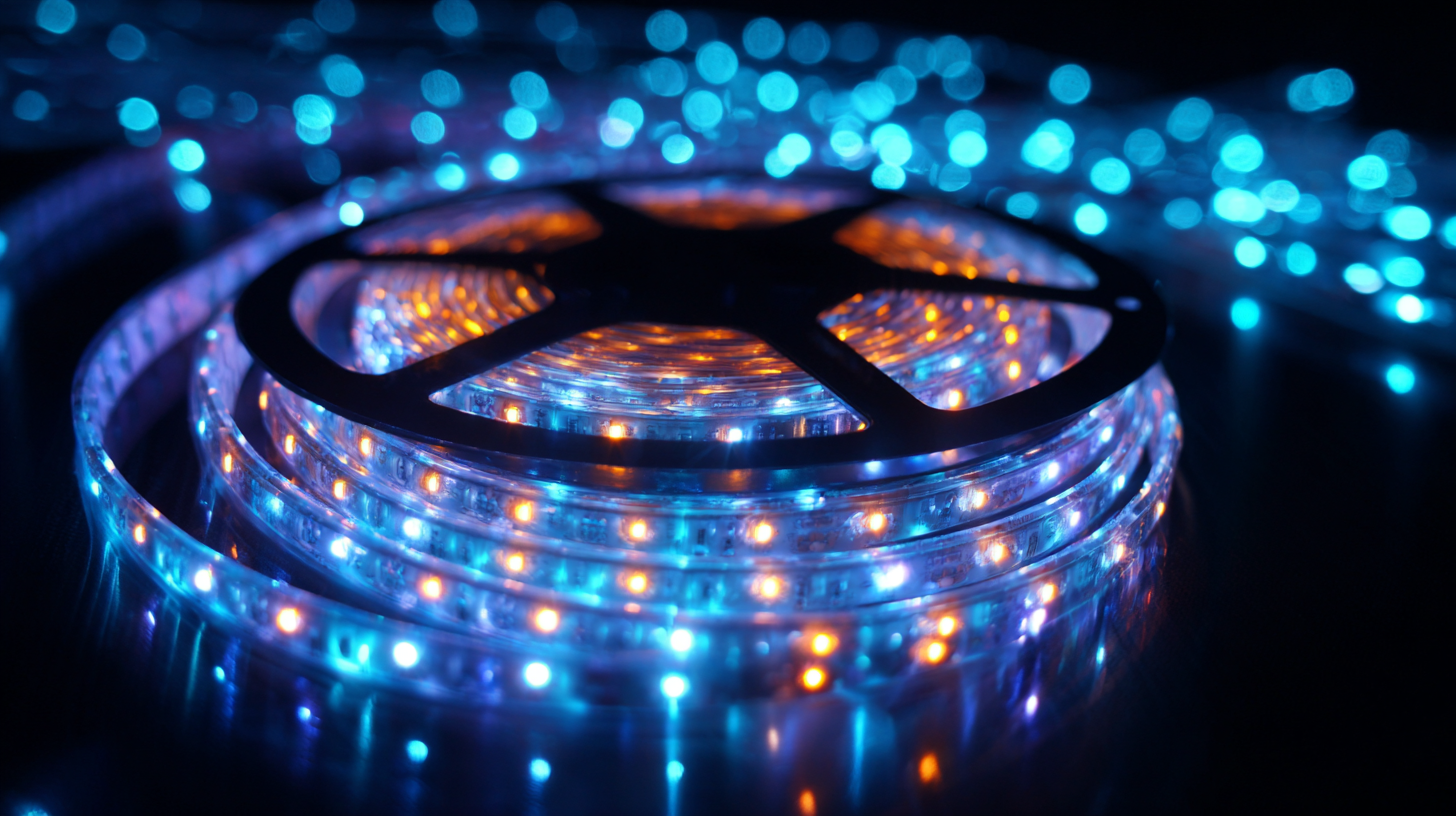
Additionally, the durability of LED technology is a key factor in its lifespan. Incandescent bulbs are fragile and prone to breaking due to their glass construction, while LEDs are solid-state devices that can better withstand shocks and vibrations. This makes them an ideal option for various applications, including outdoor lighting and in environments where durability is essential. The increased lifespan not only translates to fewer replacements but also significantly reduces waste, aligning with a more environmentally conscious approach to lighting in both residential and commercial settings.
Environmental Impact of LEDs: How Switching Can Reduce Carbon Footprint Significantly
LED lighting has become a cornerstone of sustainable energy practices, offering significant environmental benefits compared to traditional lighting options. According to the U.S. Department of Energy, switching to LED lighting can reduce energy consumption by up to 75%, translating to a decrease in greenhouse gas emissions. With the electricity used for lighting accounting for about 15% of total energy consumption in buildings, the widespread adoption of LEDs can make a substantial impact on sustainability efforts.
Moreover, a study by the Global Lighting Association highlights that if all global lighting were converted to LEDs, it could cut annual carbon emissions by nearly 1.4 gigatons. This transition not only improves energy efficiency but also prolongs the lifespan of lighting products, as LEDs can last up to 25,000 hours compared to the 1,000-hour lifespan of incandescent bulbs. The environmental benefits of LEDs extend beyond energy savings, as their reduced need for replacement and lower heat generation help minimize waste and contribute to a greener planet.
Cost Savings Breakdown: Understanding Long-term Financial Benefits of LED Lighting for Homes
LED lighting has revolutionized the way we illuminate our homes, bringing not only brilliant brightness but also significant cost savings. According to the U.S. Department of Energy, LED lights use at least 75% less energy than incandescent bulbs and last 25 times longer. This remarkable efficiency translates to substantial savings on your energy bills over time, making LEDs an economically wise choice for homeowners. For instance, replacing a single incandescent bulb with an LED could save about $55 over the bulb's lifespan when considering energy costs.
Tips for maximizing your LED investment include ensuring you choose the right wattage equivalent for your needs and taking advantage of rebates from local utility companies that incentivize energy-efficient upgrades. Additionally, use dimmers and smart lighting controls to further reduce energy consumption while enjoying the flexibility of adjusting brightness levels to fit any mood.
Investing in LED lighting is not just about the initial cost; it’s a long-term financial strategy. Homes equipped with LED lights not only enjoy lower electricity bills but may also see an increase in property value, as energy-efficient homes appeal to environmentally conscious buyers. Embracing LED technology allows homeowners to contribute to sustainable living while reaping financial benefits.
Cost Savings Breakdown: Understanding Long-term Financial Benefits of LED Lighting for Homes
Related Posts
-
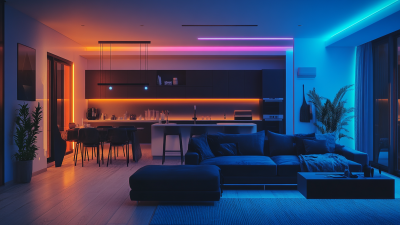
Unlock the Potential of Smart Lighting Systems: A Comprehensive Guide to Energy Efficiency and Sustainability Trends
-
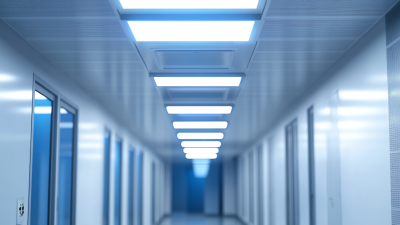
Unlocking Energy Efficiency in Manufacturing with Industrial Led Fixtures and Industry Insights
-
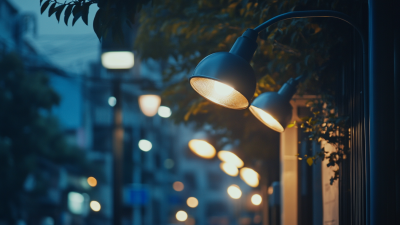
Your Complete Resource for Understanding Led Spotlights
-
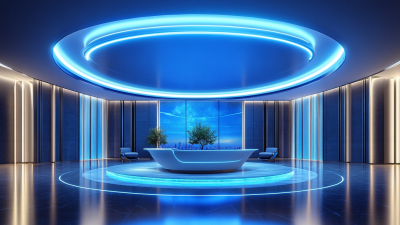
China Leading the Charge in Innovative Led Light Design Solutions
-
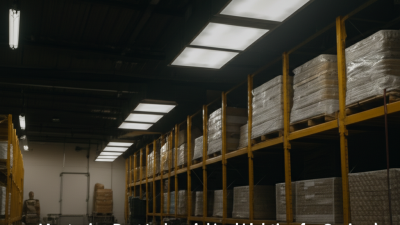
Mastering Best Industrial Led Lighting for Optimal Efficiency in Your Workplace
-
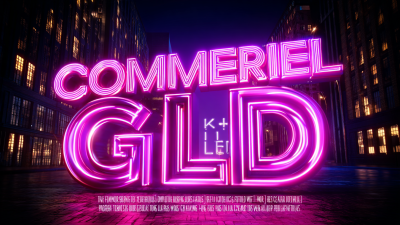
Ultimate Guide to Best Commercial Led Products for Smart Buyers






